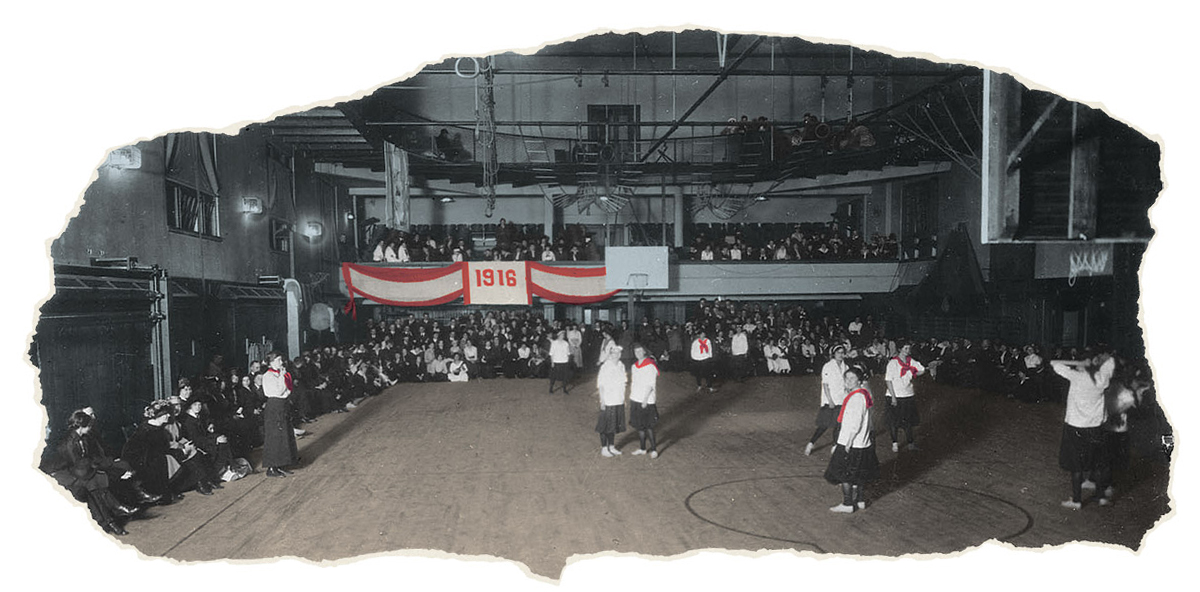
UW Basketball Begins with Women — and a Goat
Female teams attracted big crowds, and a mascot became an instant campus legend.
James Naismith, a physical education teacher looking for a winter sport to entertain his rambunctious students in December 1891, hung a pair of peach baskets at the level of 10 feet on opposite ends of an indoor court in a YMCA in Springfield, Massachusetts.
He then organized the first game of what he called basket ball — a nine-on-nine affair in which players scored by tossing a soccer ball into the opposing team’s basket. Players didn’t dribble, and a jump ball was held after every goal.
Naismith tossed the ball in the air, and the game was on.
Just three years later, a group of young women at the University of Wisconsin joined a handful of other schools, including Smith and Mount Holyoke Colleges, by playing an organized game of basketball. Their court was inside Ladies Hall, later to be renamed Chadbourne Hall.
By 1896, with enough women participating in the sport, an interclass league was formed, and a championship team emerged from four groups during a tournament held in winter 1897. That event would be scheduled at the university for the next four decades, although during the early years, the players were challenged by the expectations of the era: competing enthusiastically, yet maintaining a “ladylike” demeanor (which resulted in slower-paced, less- aggressive rules for many years to come).
The women’s sport became so popular that the tournament drew hundreds of spectators for the two or three weekends when it took place. After a foray into arranging games with area high schools and the Milwaukee State Normal School, a faculty committee put an end to outside competition around 1900.
At the UW, women’s basketball preceded the beginning of men’s basketball by four years. The men played their first game in Milwaukee in January 1899, and by 1902, they had an all-away-games schedule. But through its early years, the women’s team remained the most popular women’s spectator sport on campus.
When the cramped facilities of Chadbourne Hall were replaced by the spaciousness of the newly built Lathrop Hall in 1910, the game and the tournament gained even more fans. Lathrop was viewed as a luxurious and much-needed addition to campus when it first opened, and it quickly became a home away from home for many of the 1,059 women then enrolled. The facility featured a cafeteria, reading rooms, a swimming pool, a bowling alley, and a gymnasium.
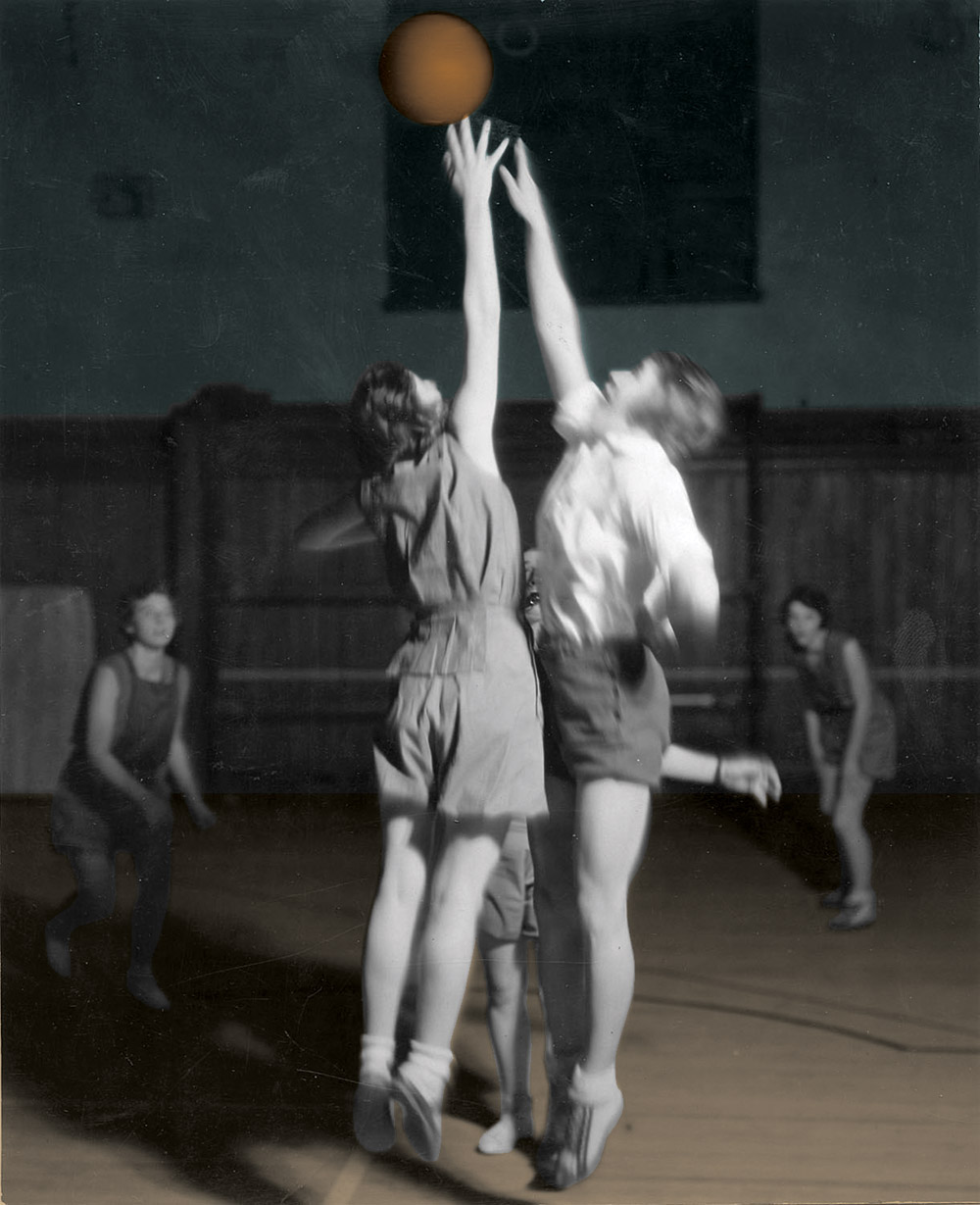
Jump around! Basketball originally called for a jump ball after every made shot, as shown here at the UW in the 1930s. UW Archives 24/2/3
The formation of the UW Women’s Athletic Association in 1902 helped to further organize basketball. Other women’s sports teams emerged from the physical education programs, including hockey, tennis, bowling, and baseball. Letters and pins were offered to outstanding members, and points were given for both athletic endeavors and traits such as good posture, perfect attendance, and beneficial training habits.
A notice published in the Daily Cardinal prior to the naming of the 1916 women’s basketball squads suggests just how seriously training was viewed. Rules required “eight consecutive hours of sleep every night; only one dance a week; no eating between meals except for fruit, milk, soup, graham and white crackers, plain ice cream, and frozen ices; no pie crust … [and] only one piece of cake at a meal; no tea, coffee, or candy at any time.”
Blanche Trilling 1917 arrived from Chicago Normal School in 1912 to head the UW’s physical education department for women, a position she held until her retirement in 1946. Although men coached the first women’s basketball players, in 1911, a recent alumna who had played on a couple of the women’s championship squads took over as coach.
Then came a Friday night at Lathrop Hall in winter 1913. The last game of a tournament was about to start, matching a surprisingly good — and confident — group of freshmen against the seniors. The gymnasium was packed with excited student and faculty spectators who were ringing the hardwood floor and hanging over the railings on the gallery level. Fans were seated in chairs placed at the very edge of the court, which was divided into three well-delineated sections: a midcourt stretching in equal distance on both sides of the center line and two areas beneath the closed-bottom baskets.
By this stage in the evolution of the game, women’s teams had been pared down to six — two forwards, two centers, and two guards. Positions were relegated to areas marked on the court. The soccer ball had long since been replaced by a larger leather ball. Players retrieved successful shots by yanking on chains attached to the baskets, which no longer were peach buckets, but still had closed bottoms. Dribbling still was not done.
A procession marked the opening of the final game. The three upper-class teams marched out onto the court outfitted in serge bloomers, black cotton stockings, white blouses, and neckerchiefs fashioned in class colors. Hair was typically pulled up, swirled, and piled in layers on top of the head. Shoes had recently become high-topped, with canvas uppers and rubber soles. (The Converse Rubber Shoe Company did not introduce the All-Star high-top until 1917, and it didn’t hire Chuck Taylor until 1921.)
As the first teams began a parade around the court, they were joined by the freshmen, who arrived at the game “leading an adorable goat,” according to a history that Trilling wrote 40 years later. She recalled her fears about what the goat might do to Lathrop’s hardwood floors, but noted, “We held our breath as he made the round of the gymnasium, but he was a well-behaved goat that evening.”
The goat’s appearance became an almost-instant campus legend. Ten years after its arrival, during the 1922–23 women’s interclass championship, a second goat appeared — this time as a stuffed animal constructed by one of the players using a bedsheet.
In Trilling’s history, Florence Hupprich ’23, MA’26 tells the story of what happened next: “As captain of the team, I became custodian of the goat. I left it in my closet at home to reside peacefully until the next championship game. Much to my surprise on the day of the game, no goat could be found. I accused my sister [Mabel Hupprich ’26, MS’30], but my words fell on deaf ears. All the freshman majors, however, looked mighty guilty. Later I learned that they had had the goat for weeks and wondered when I would miss it.”
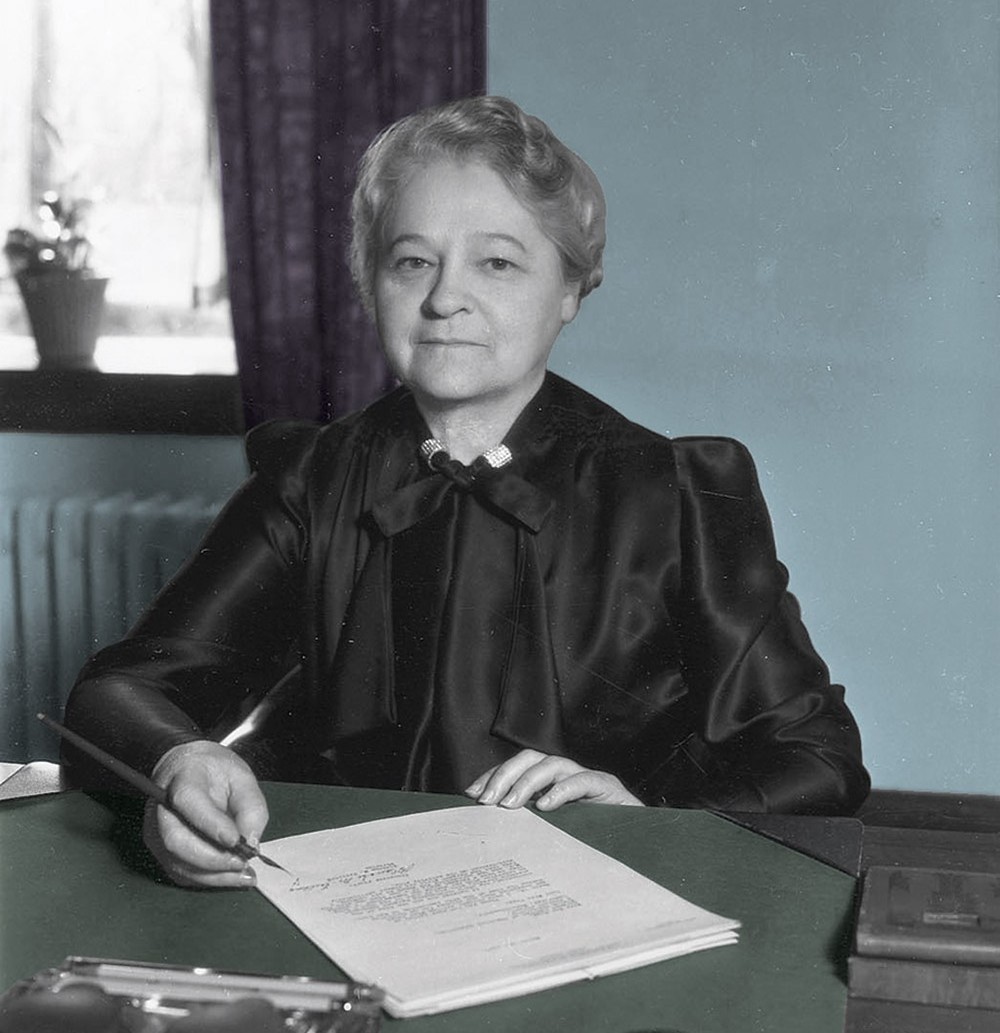
Trilling warned in 1927 of the “evils of commercialization and exploitation of outstanding girl athletes,” believing, like most of her peers of that time, that women could not handle the emotional and physical tolls of intense competition. UW Archives ch05072202
During the game, the freshman team revealed that it had indeed swiped the goat. “A big scramble ensued, with the result that some of us came out of the heap with a leg or the tail or an ear,” Hupprich recalled. “I have often wondered why Miss Rice [the referee] did not foul us for leaving the court.”
As the winning captain, Hupprich took the bedraggled goat home and mended it.
The goat continued to be passed among triumphant captains well into the 1950s. Efforts to steal and hide the goat became energetic, wrote Trilling, with “daylong rides with the goat in taxi cabs when pursuers were hot on the trail; scrambles and hair-pulling matches when no holds were barred.” She and others in the department stepped in and ruled that all such foolishness be confined to Lathrop Hall.
While the men’s game had grown into a burgeoning national pastime, by midcentury, women’s basketball seemed more than a little archaic — confined, like the stuffed goat, to its Lathrop Hall roots. But a revolution in how women’s athletics was organized, played, and funded was brewing, and in March 1974, the campus’s athletic board approved a 12-sport women’s program with a budget of $118,000.
Tim Brady ’79 is a freelance writer based in Saint Paul, Minnesota.
Published in the Summer 2019 issue
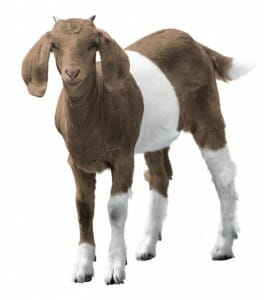
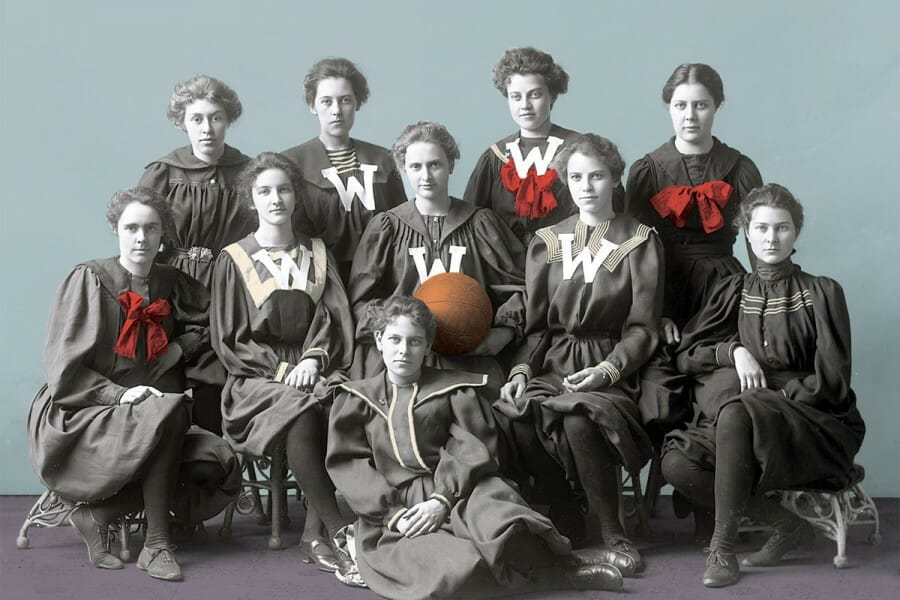
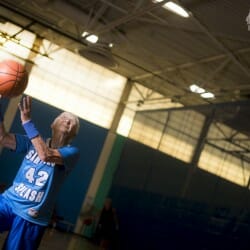
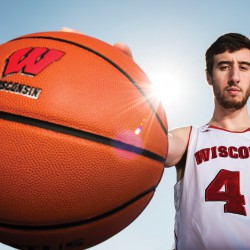
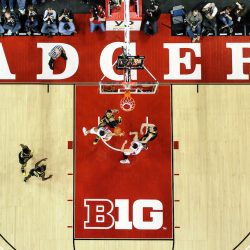
Comments
charles williams March 22, 2022
My grandmother,Margret Ellen Fisher, a health graduate of Wellesley College from Ponkapoag, (Canton) Mass. came to Oshkosh as athletic director and coached the first women’s basketball team at the Oshkosh Normal School (Now UW-O ) in 1909. Her obit says she introduced men’s and women’s basketball, field hockey, and lacrosse there. She picked coming to Oshkosh over Berkeley Calif where she also taught believing she would meet Native Americans in Oshkosh. She also led the Ponkapoag Campfire Girls, one of longest-running groups in the US that continued to meet long after her death in 1955.
Tom Hagood, PhD in PE & Dance, 1990 March 23, 2022
Marge H’Doubler was a successful and well-liked basketball and baseball coach at Wisconsin in the spring of 1916 when she was preparing to take a leave of absence to start graduate study at Columbia University. “And then Miss Trilling came and asked me to give up basketball; even tears came to my eyes. “Well,” I said, “I won’t do that.” She said, “Well, if you get everyone to dance like you’ve gotten everyone to play basketball, you’ll not have time to do both.”
I just nearly fainted. I said, “Teach dance? I don’t know anything about it – I don’t even know that I like it!” And I said, “Give up basketball? I couldn’t give up basketball!”……She did, and proved quite good at it, too.
Kim March 25, 2022
Very cool, I had NO idea !